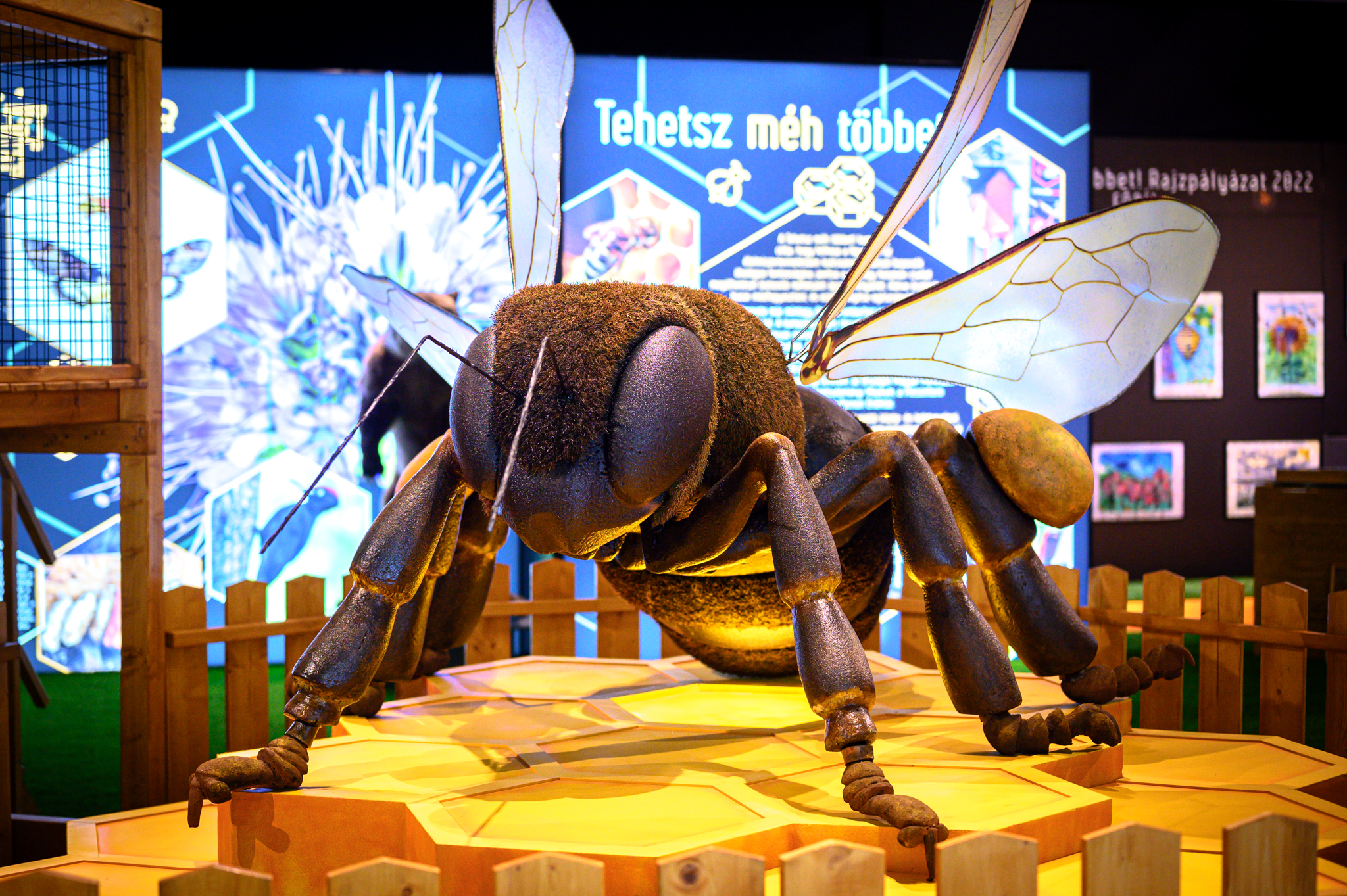The mass extermination of pollinators would have dire consequences if we do not stop this
frightening process. If bees were to become extinct, then we would try to replace
their loss but pretty soon it would end in disaster.
Thankfully, we’re not there
yet, but the decline in the number of bees is a sad reality we need to pay
attention to – even for the sake of life itself. The current exhibition at the
Museum of Natural History, now open until December, highlights this without alarmist talk, addressing the issue in an entertaining and informative manner.
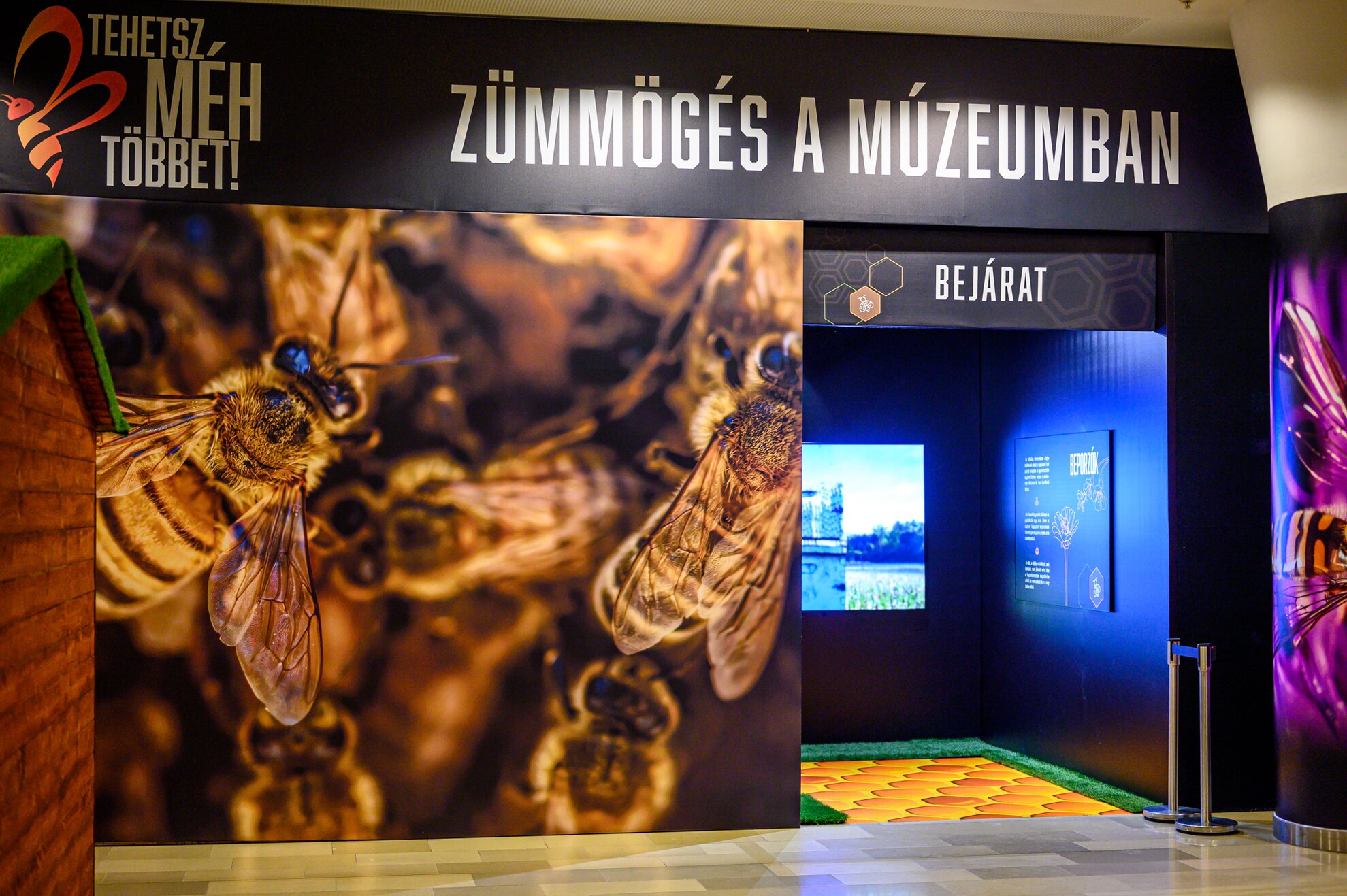
Across 250 square metres, the exhibition presents
everything connected with the lives of bees in a tactile, detailed and lively way.
It shows the benefits and results – honey, milk, propolis – of their work, and also how
a family of bees lives, what its members are, their responsibilities, relatives,
friends and enemies.
People, for example, are friends, but unfortunately they
are also enemies. The exhibition also reveals that there are parts of the
Earth, such as in China, where bees have been destroyed over a large area, so people
do their pollinating work by hand or with the help of drones. The leading
question is whether it might not be better be kinder to bees than kill them with
pesticides.
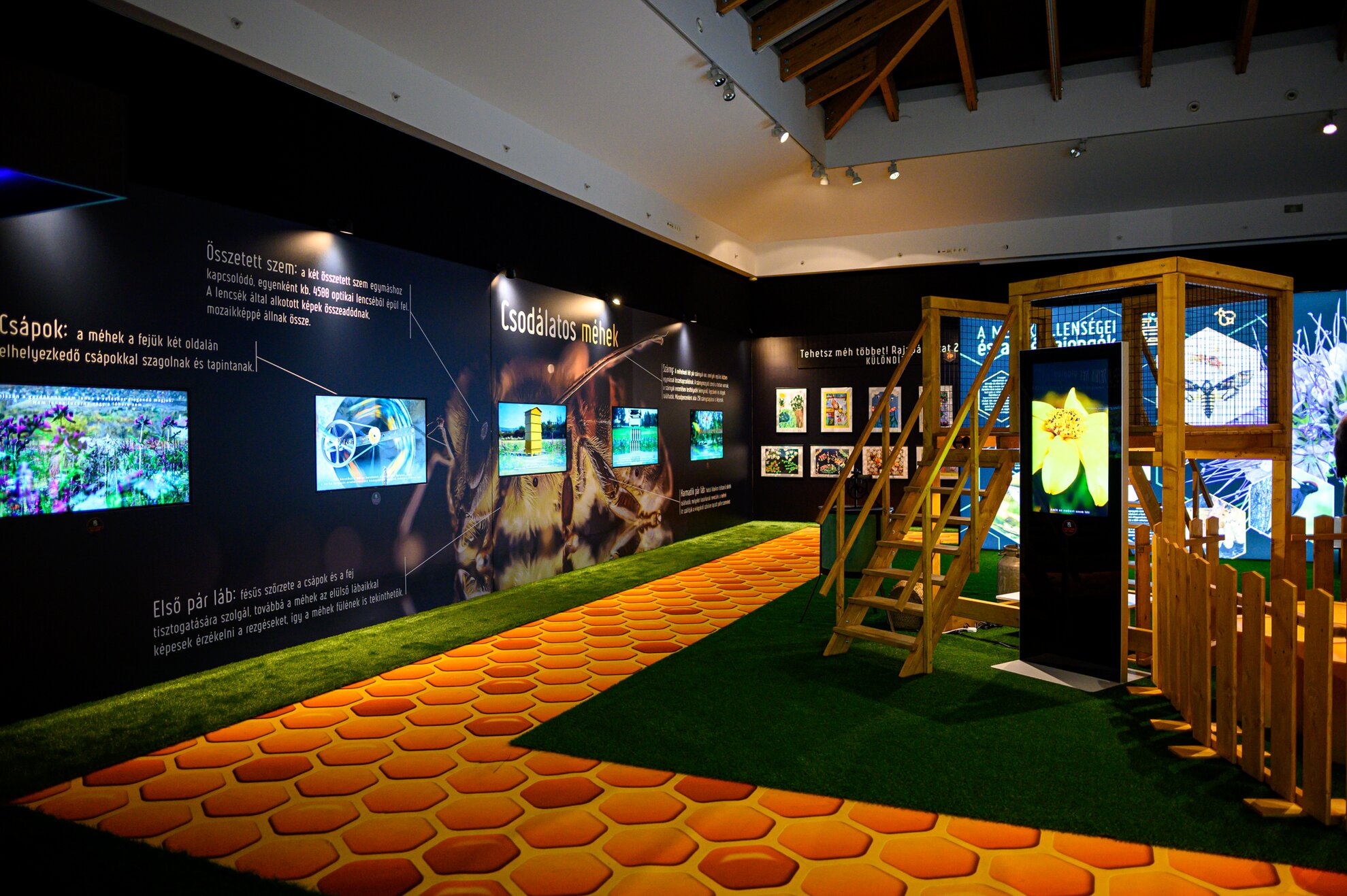
The exhibition
consists of two parts. The first is dedicated to how many species are involved
in pollinating plants (such as other insects, beetles, reptiles, birds – as well as the
wind). It’s not just done by bees, although they certainly do the bulk
of the work – at least 90% is up to them.
Through this process, the
exhibition also displays the role of bees in nature, first of all focusing on a
car-sized, 3D-printed, pollen-carrying and computer-controlled bee.
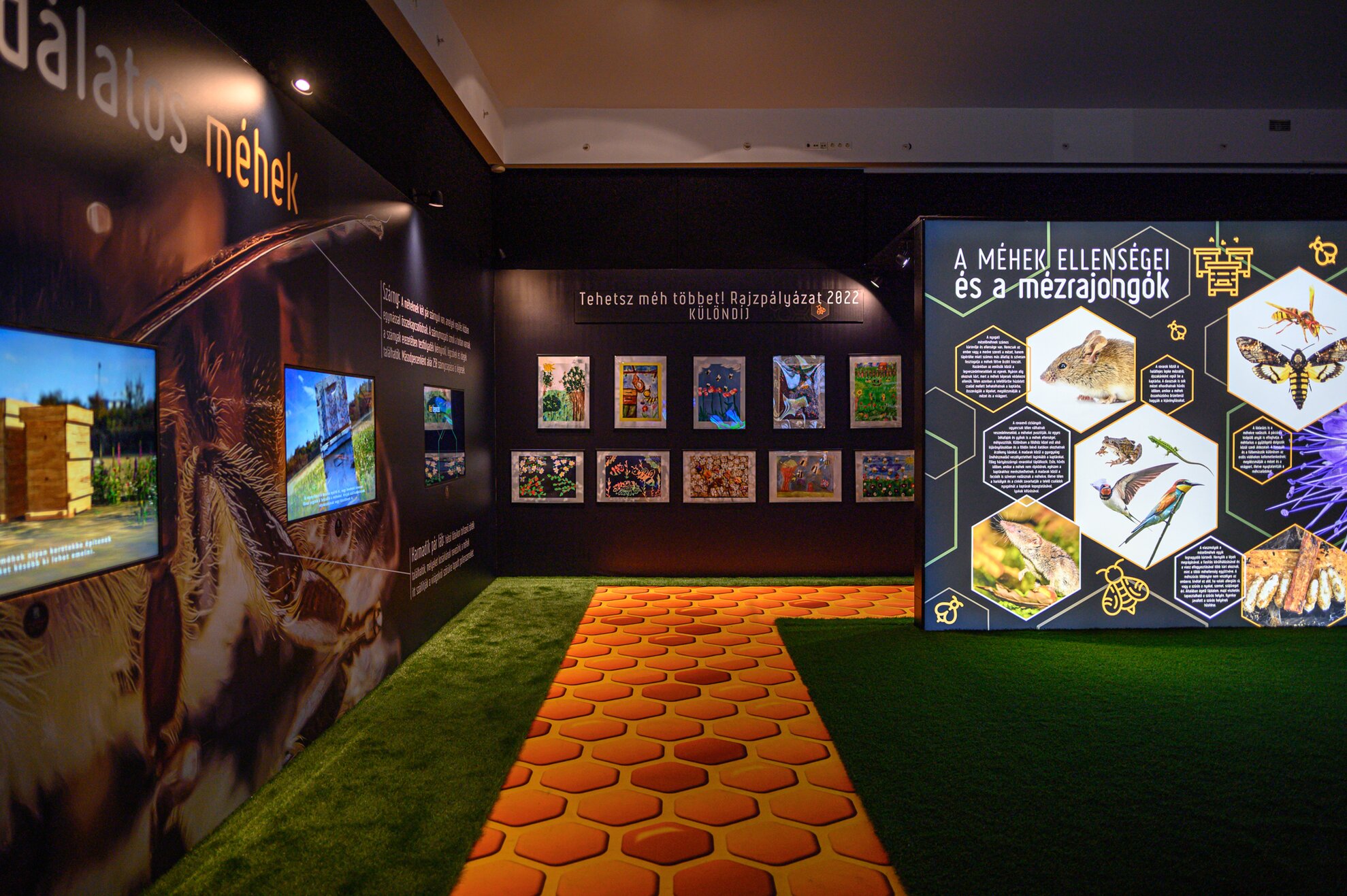
The second part of the collection provides a comprehensive picture of apiary, showcasing the tools for rearing bees, the various hives, the process of honey production and the irreplaceable role of pollinators in agriculture. Here you can also get acquainted with apitherapy – it’s also possible to try it – which, with all the beneficial physiological effects of honey, milk and propolis produced by bees, helps those suffering from respiratory diseases.
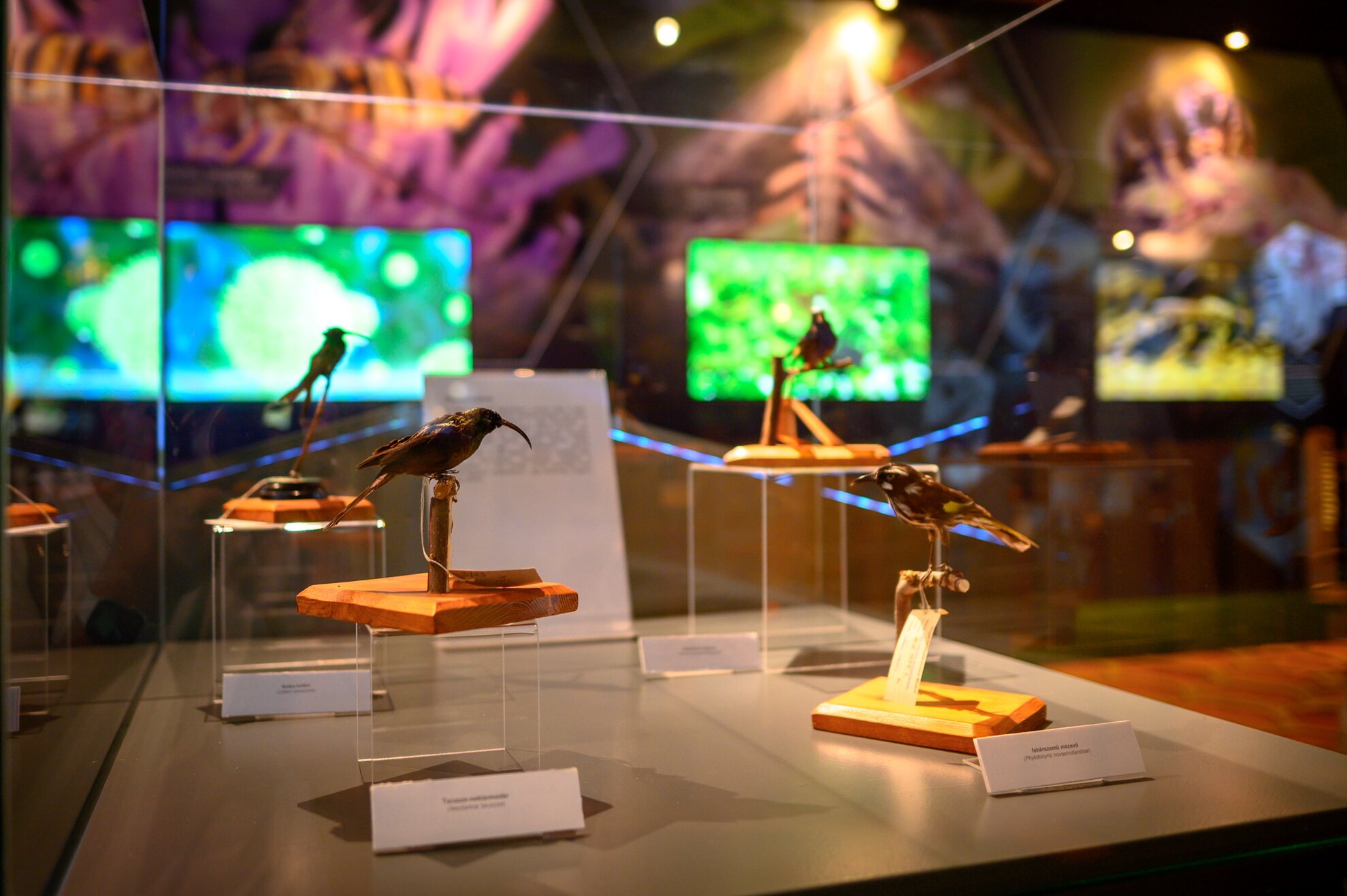
The spectacular exhibition aims to target children and the younger generation. But the knowledge and information accumulated here can be interesting and exciting for adults, too – and right now it's primarily up to them what the future will hold, with or without bees.
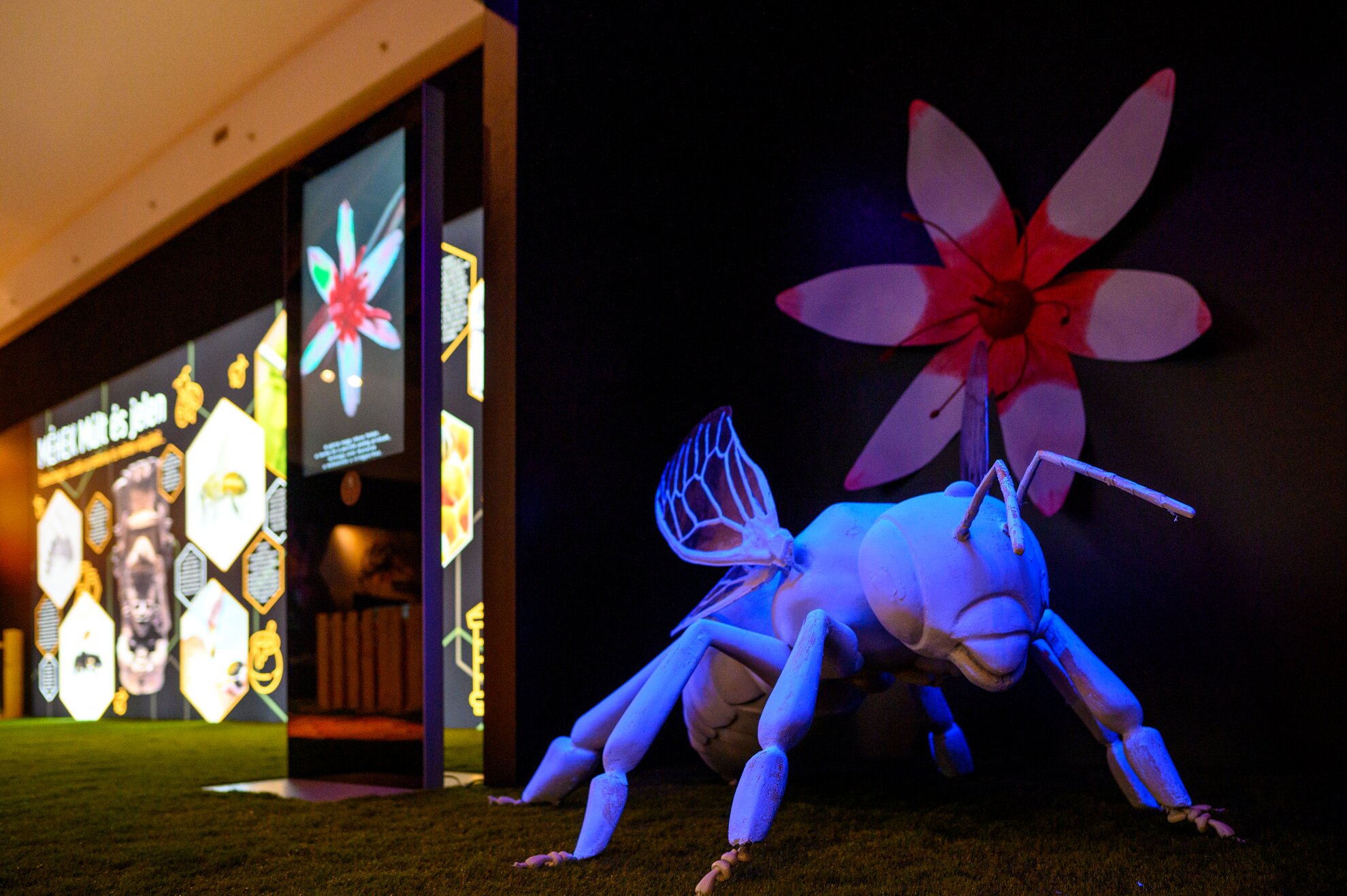
Event information
Hungarian Natural History Museum
1083 Budapest, Ludovika tér 2-6
Open: Mon, Wed-Sun 10am-6pm
Buzz in the Museum exhibition until 31 December
